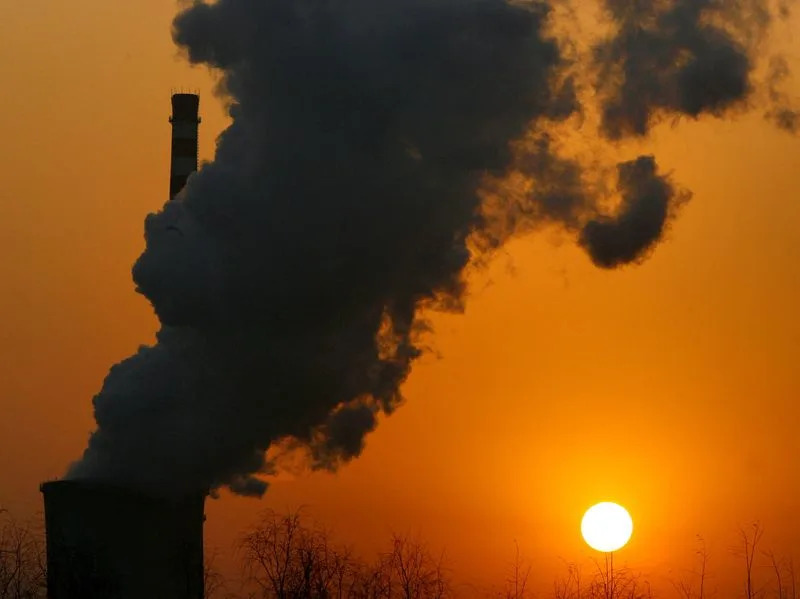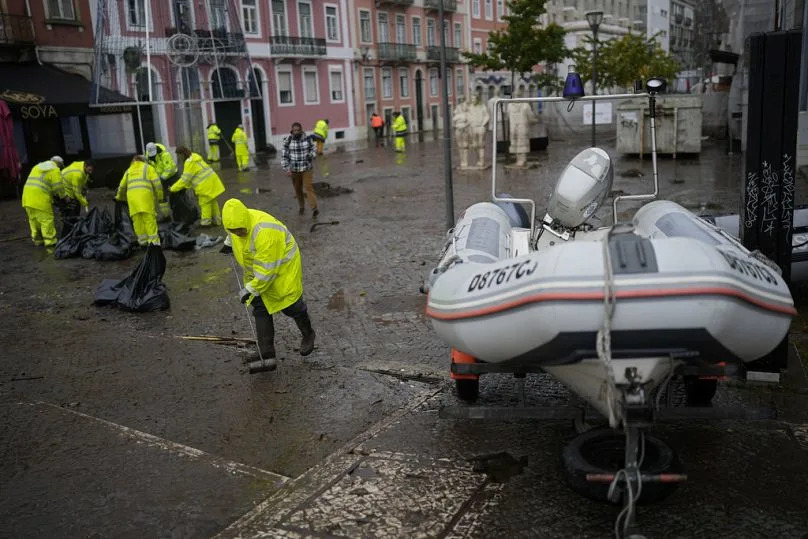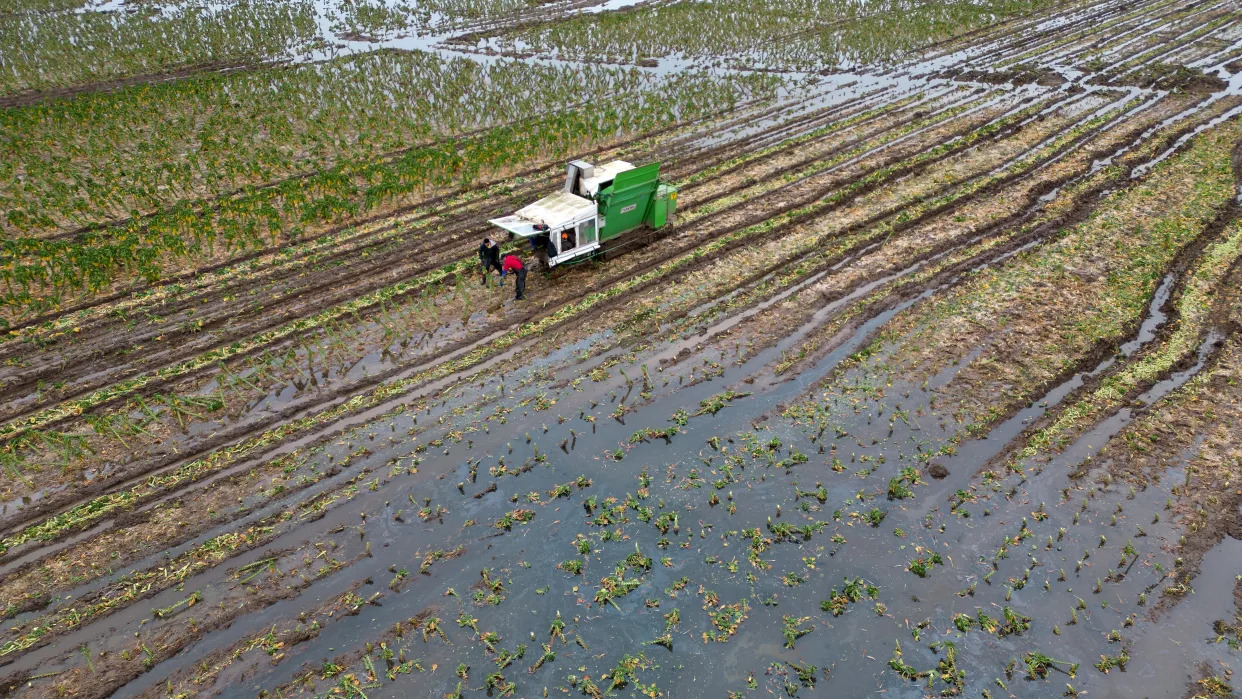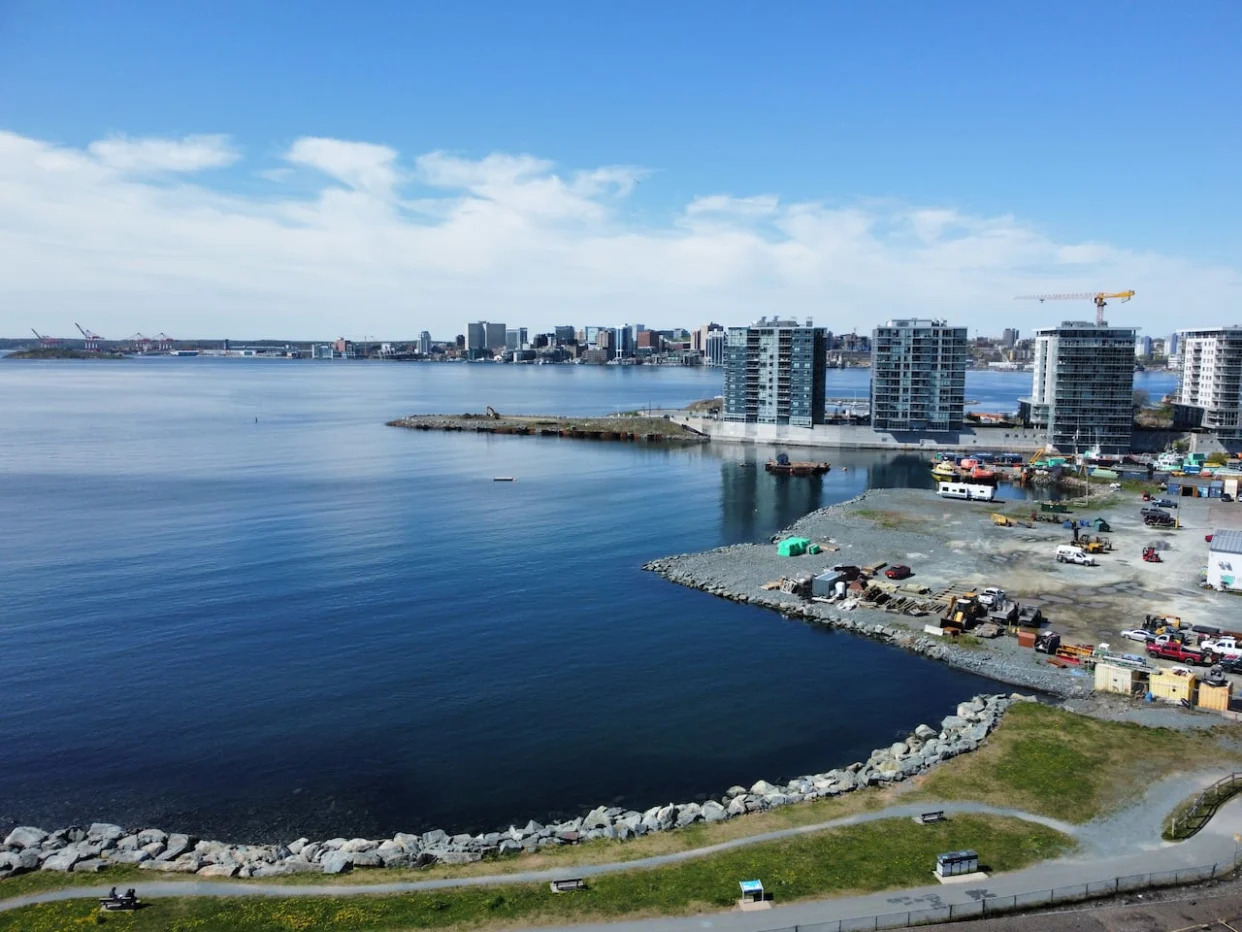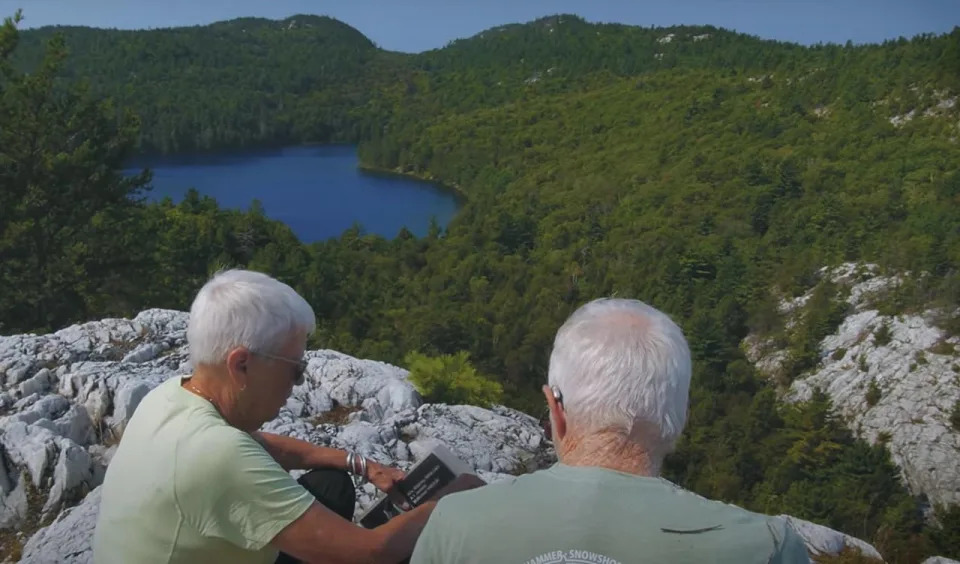The Canadian Press
Thu, May 9, 2024
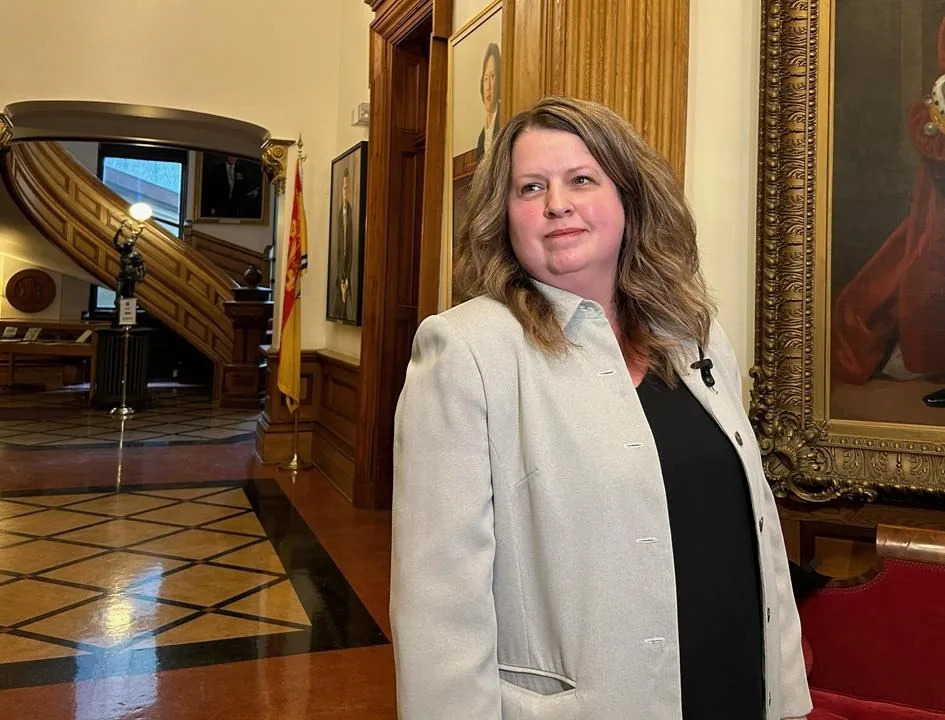
FREDERICTON — The union representing staff in New Brunswick's Tourism Department says money spent by the tourism minister and her deputy on a European trip could have helped stave off staffing cuts at popular attractions in the province.
At a news conference Thursday, CUPE Local 1190 president Jonathan Guimond said the $42,000 spent by Tourism Minister Tammy Scott-Wallace and staff last September on a trip to France and the United Kingdom amounts to 2,000 additional hours his members could have worked.
Union member Mike Bravener, who works at King's Landing outside Fredericton, said reduced staffing at the site means it sometimes feels lifeless rather than the living history museum it is supposed to be.
"We see the nice ads. We see the nice videos on some of the promotional websites and yet when you walk in the park it's almost looking like a bit of a ghost town," he said. "I think people are coming in they're going 'Oh, this isn't open. Oh, I thought this was happening today. Where's the theatre? There's no theatre? ... How come there's no barn dance anymore?'"
About six years ago, he said King's Landing was a "magical" recreation of life in the 19th century, with musicians wandering around, people working in fields and four or five people in every house.
"In the last couple of years, the village is quiet because the staff aren't there ... you visit a house, there might be two people in a house, there might be just one person in a house."
The loss in hours is also causing anxiety among seasonal employees who depend on getting enough work to qualify for employment insurance in the off-season, Bravener added.
Scott-Wallace and deputy minister Yennah Hurley, along with two staff members, travelled to the United Kingdom and France from Sept. 8 to 15. Their visit to Stonehenge, the British Museum, Windsor Castle and the Palace of Versailles, among other sites, has been denounced as extravagant by opposition parties.
Stephen Drost, CUPE New Brunswick president, said it was "concerning" that the province could find $42,000 for a trip for Scott-Wallace and her staff but couldn't find the money for the workers who keep attractions open.
He said that the minister should have used her time overseas to inquire about how workers at the world-famous sites were treated. "Because it is my understanding they're paid very well," he said.
Scott-Wallace dismissed the union's concerns about the cuts in hours, saying the union is in the midst of negotiations and is using her trip to "share their voice." She acknowledged staff at King’s Landing, and at Acadian Village in Bertrand, N.B., “will see a slight reduction in hours.”
She called it "unfortunate" that the union couldn't see her trip as a valuable way to attract more tourists to the province. "It's not a vacation when I go on a work trip," she said, adding that she rarely travels.
"I think that there's never been maybe a tourism minister who hasn't had to travel to build partnerships and to bring visitors to the province," she said.
This report by The Canadian Press was first published May 9, 2024.
The Canadian Press


